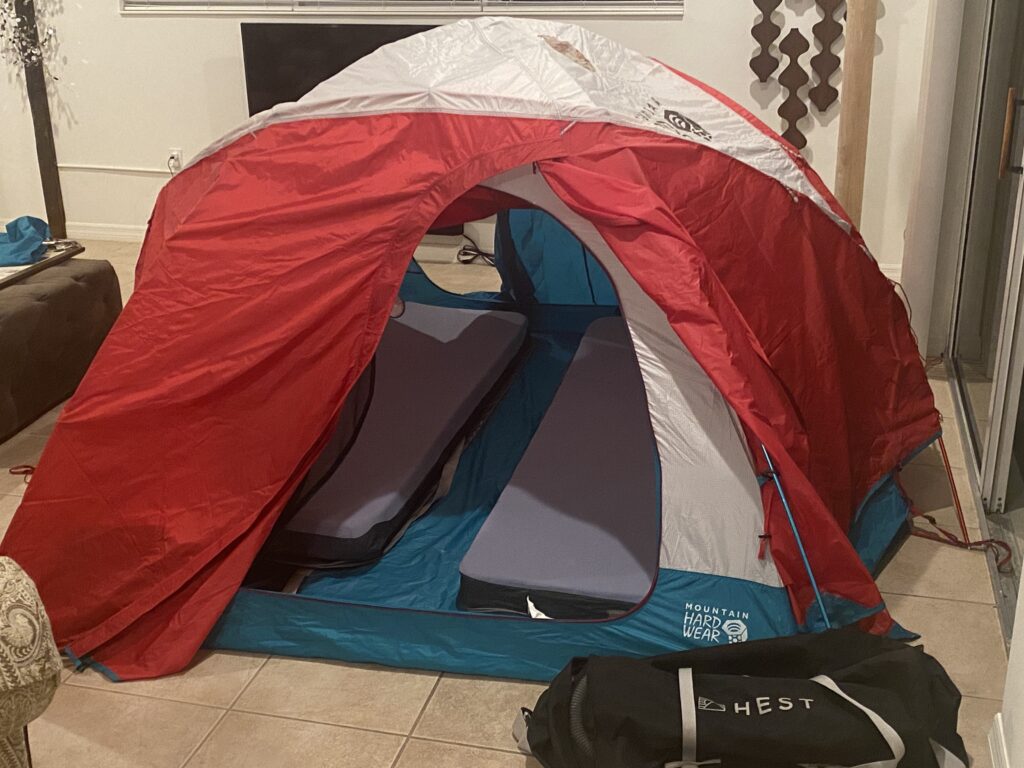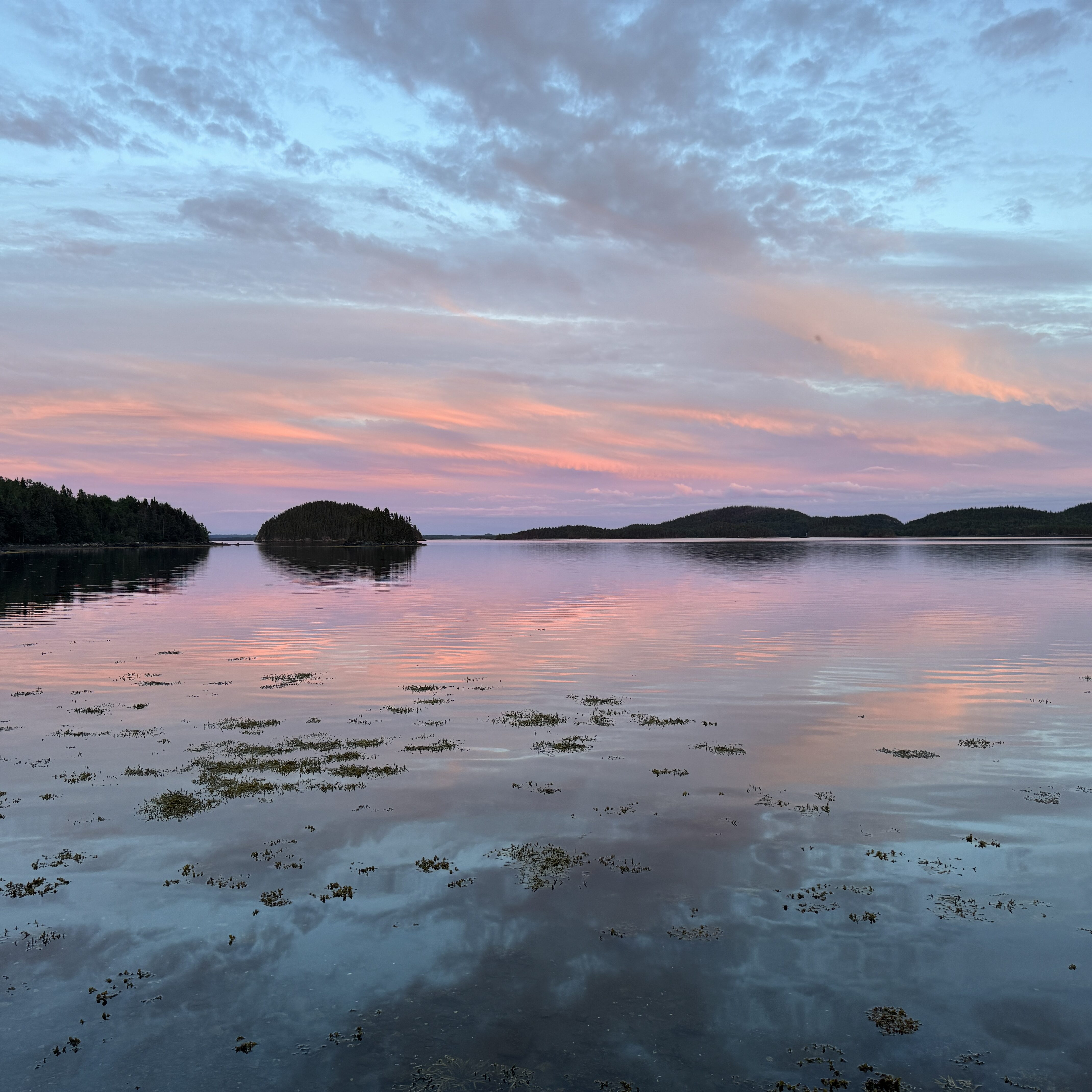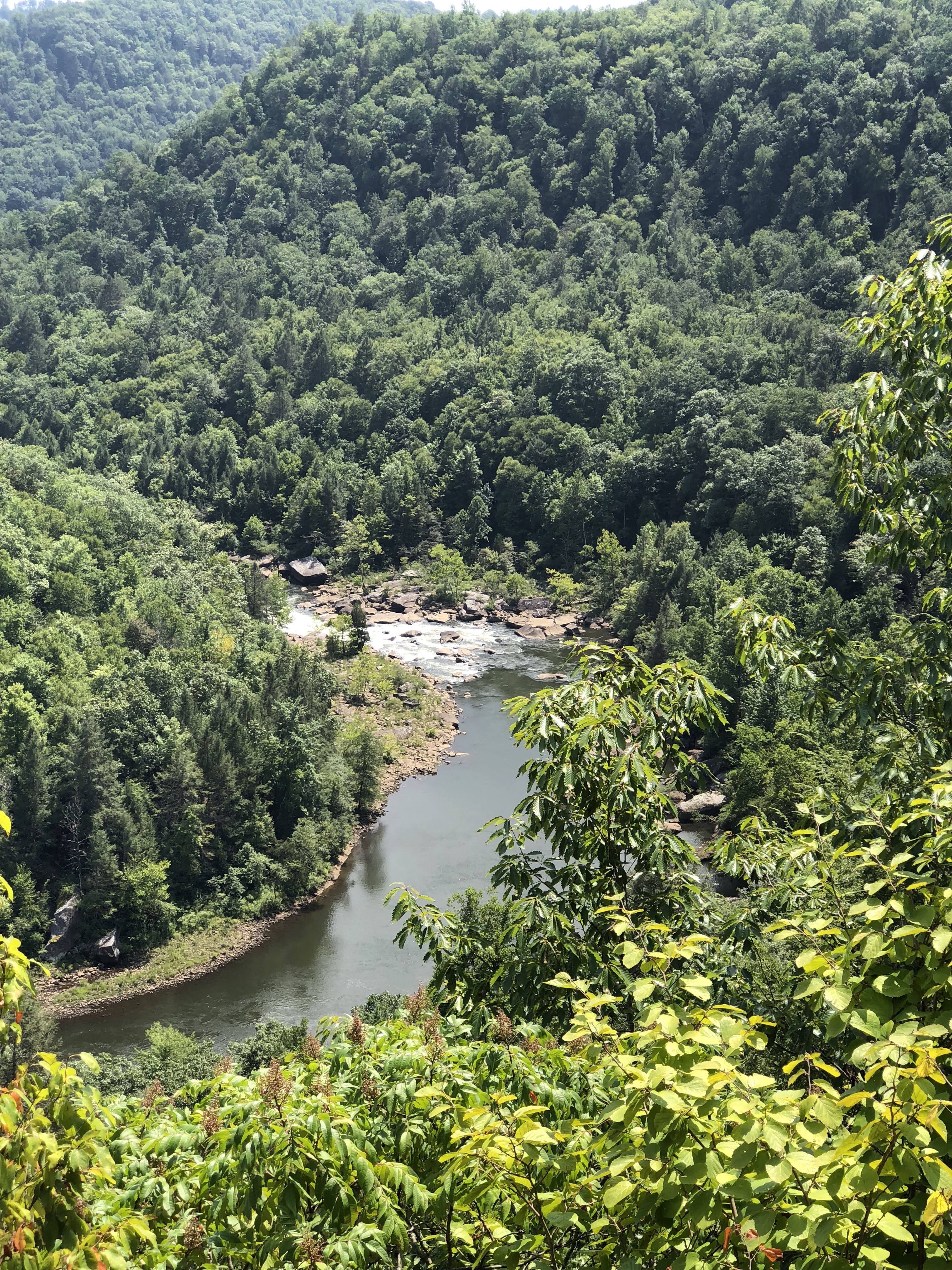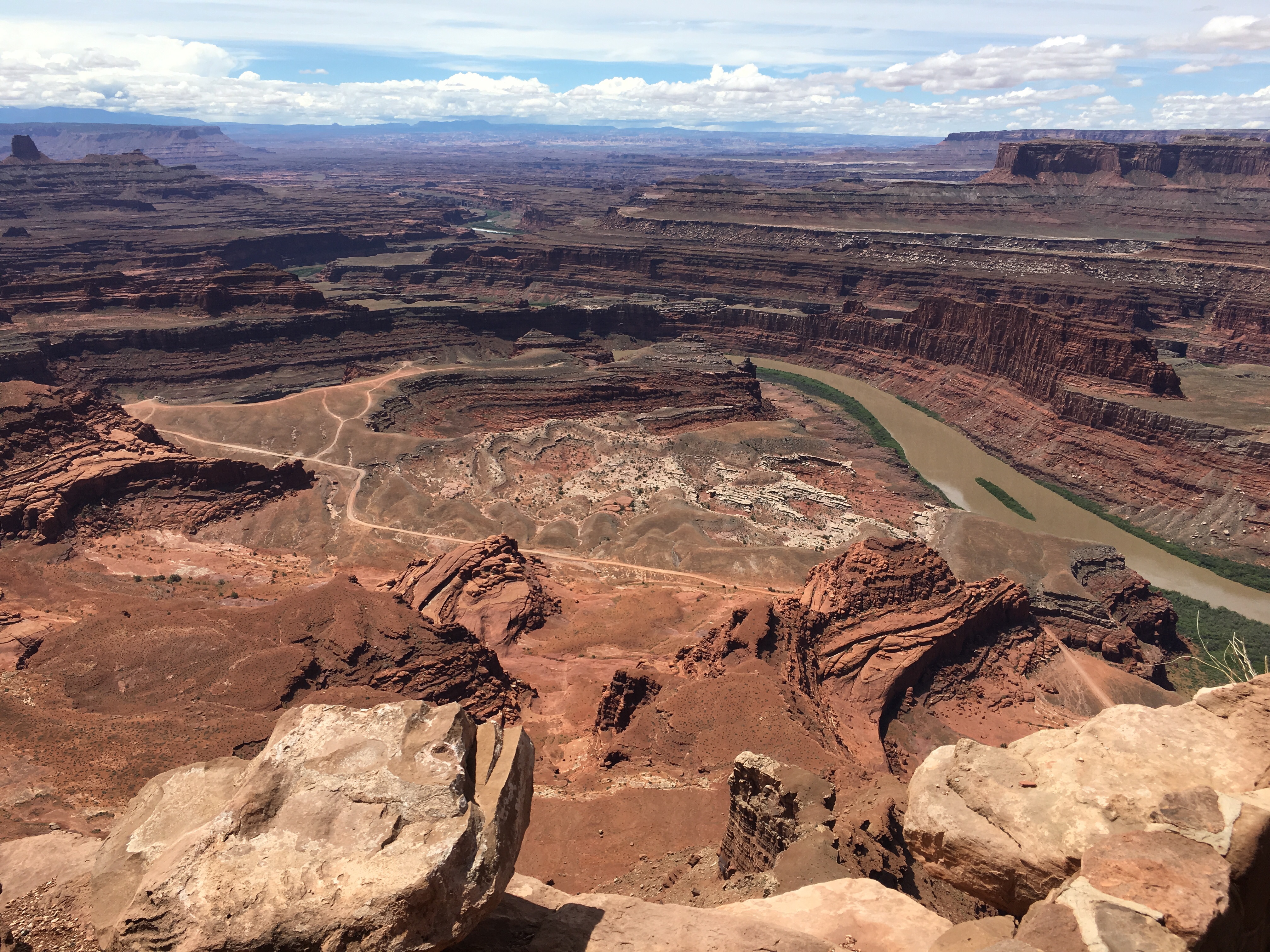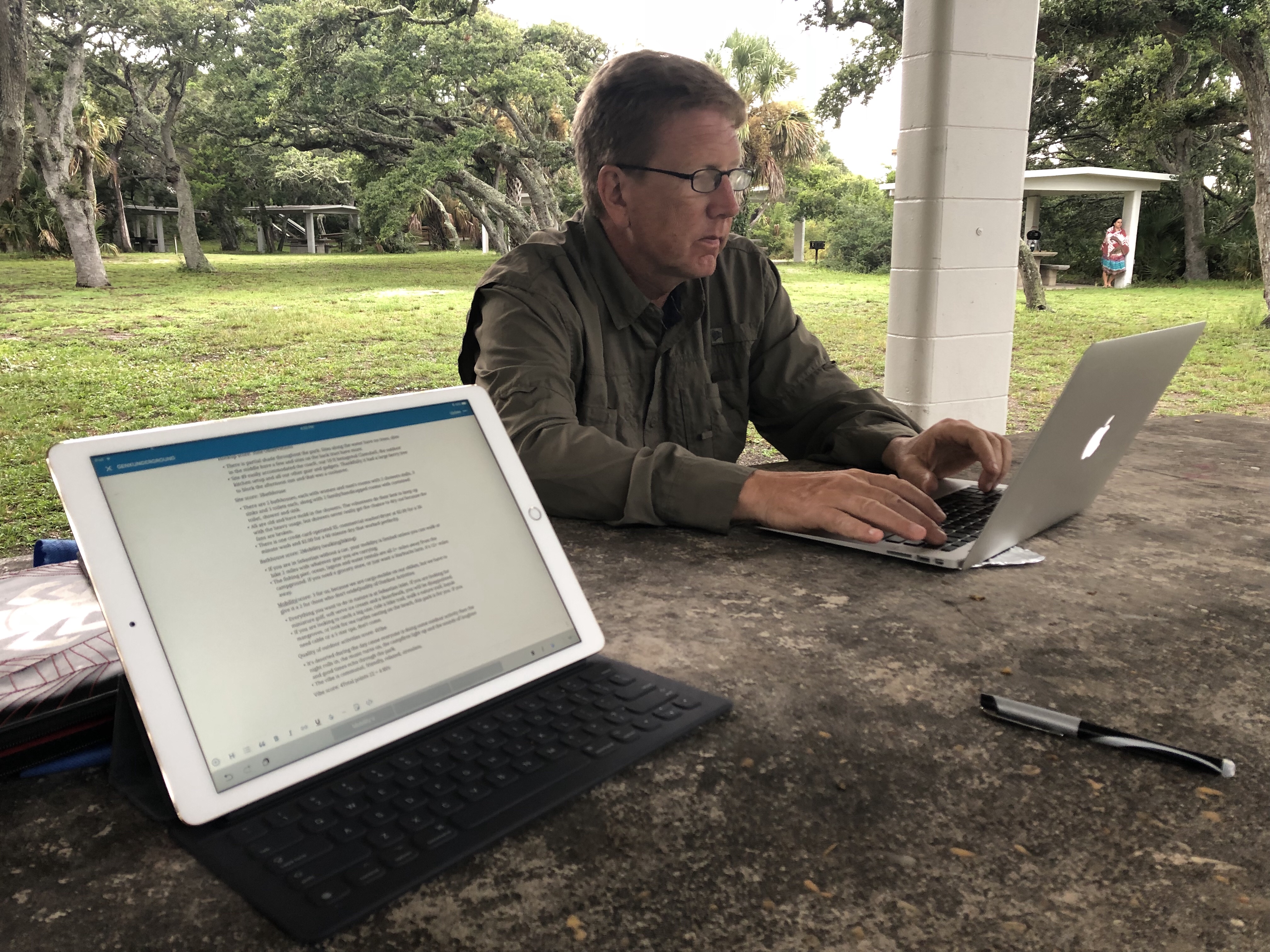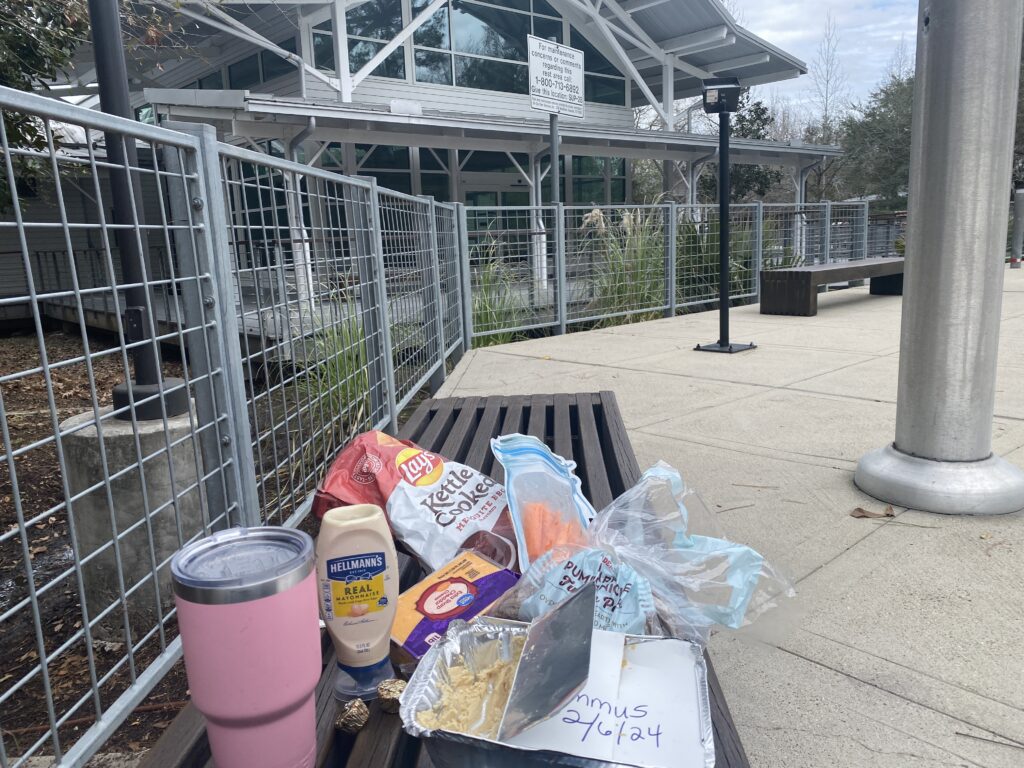
The most inconvenient thing about remote places is that they are really hard to get to. West Texas makes headlines every now and then when mainstream media needs a tasty travel morsel to titillate the imaginations of their big-city audiences with tales of eccentric artists finding inspiration in remote Marfa, TX. The latest news is that their Art Invitational is in financial despair and the massive outdoor sculpture, Sleeping Figure, that we visited last year at Desert Hot Springs Desert X, has permanently moved to Marfa to replace Marfa Prada as the new destination attraction. It’s good content fodder for a world with an infinite appetite for “what’s new and different” material. But influencers cannot change the realities of geography with well staged photos so in the end West Texas is simply too remote to easily visit.
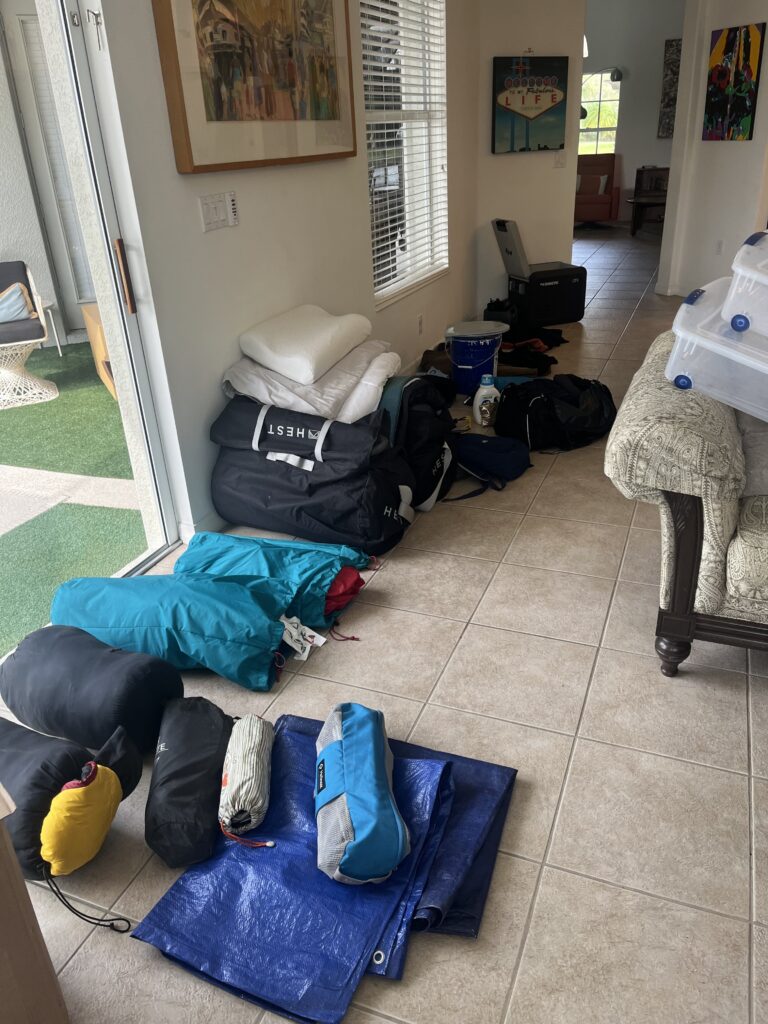
We have been to West Texas twice, which is around two times more than everyone else we know. It is not beautiful like Hawaii, or entertaining like Las Vegas, or quaint like Annapolis, or glizty like NYC. Pretty much the only thing it has going for it is that it really hard to get to, and not too inviting when you get there. In the past we have visited in Betty then Roxie, our self-contained tiny homes on wheels. This time we have some nylon and aluminum poles in the bed of a pickup truck. Rolling on I-10 west of San Antonio with a horizon of nothingness stretching in all directions and our destination still seven hours away, we are feeling both excited and exposed.
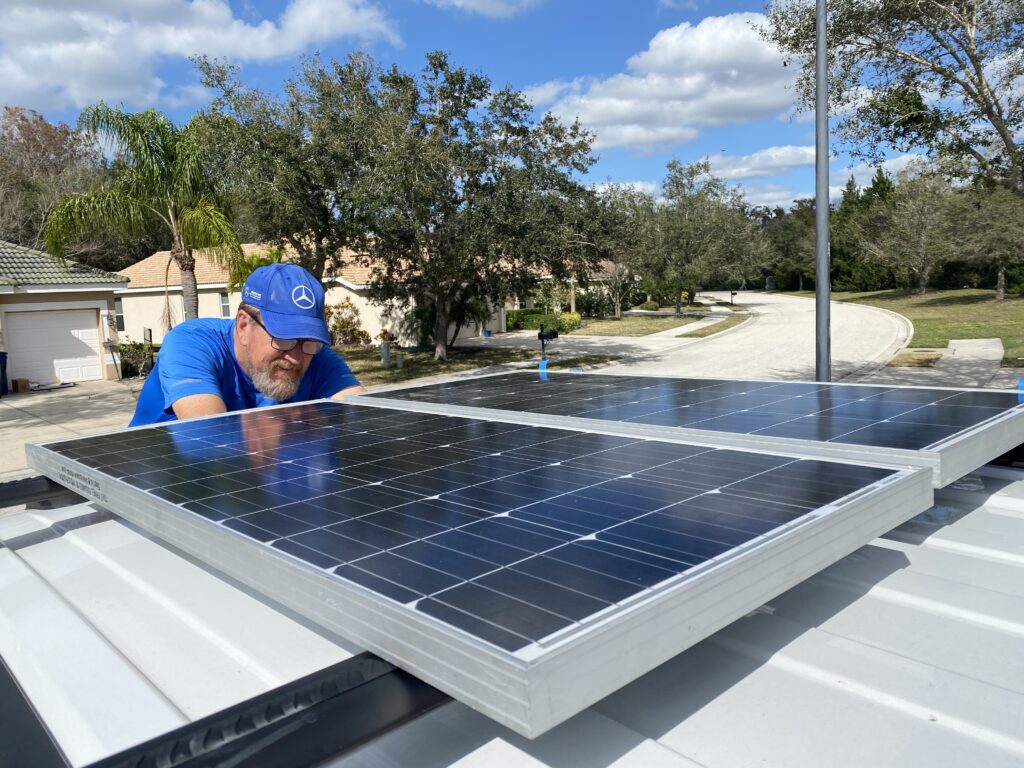
It does not help that the weather has conspired with the germ world to make sure that the gloomy overcast skies with occasional spitting rain matches the condition of our overall health. We left in early morning darkness, fighting a stuffy bug of malaise, driving two seriously long days to spend most of our 30 days IN the region and not commuting to it. Like our Hi-Line excursion, things can only improve if the dry Texas air aids our immune system and clears our heads.
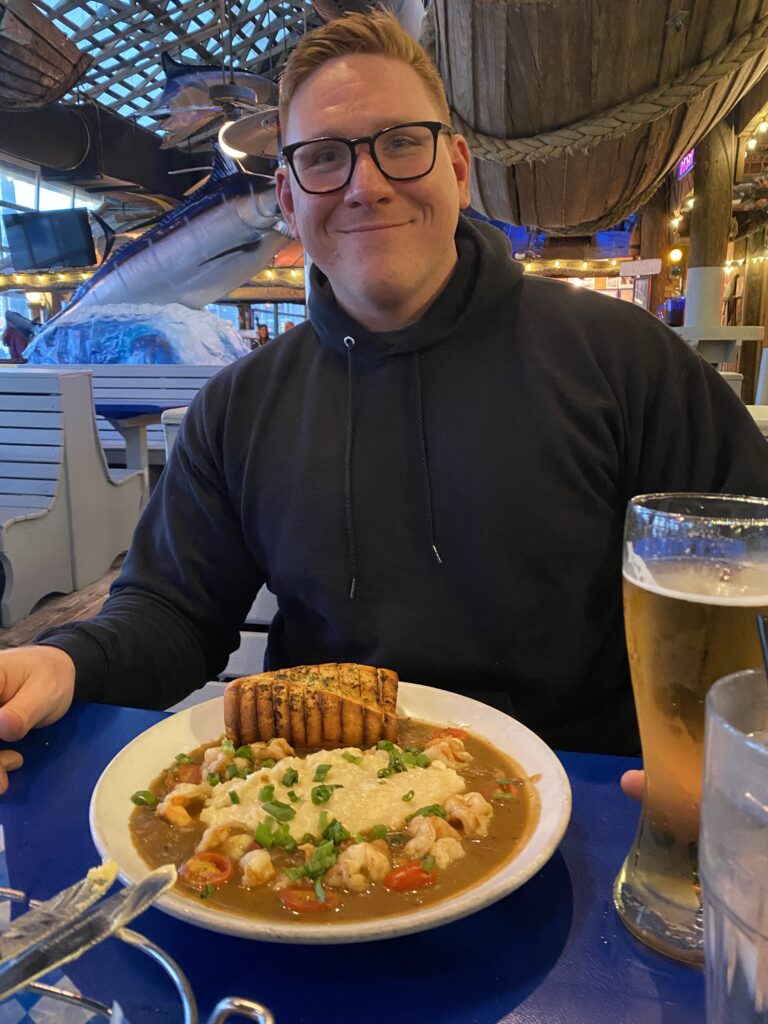
With the exception of a seafood with $3 Bushwackers dinner to catch up with our soldier in Pensacola, the trip has been one set of jersey walls and construction zones after another in heavy traffic and overcast skies. 1500 miles and a day and a half later, at least the vestiges of dense civilization are gone. The sight lines have opened up and while the road may still be a massive four lanes of high-speed interstate, we have begun to feel the promise of being nowhere.
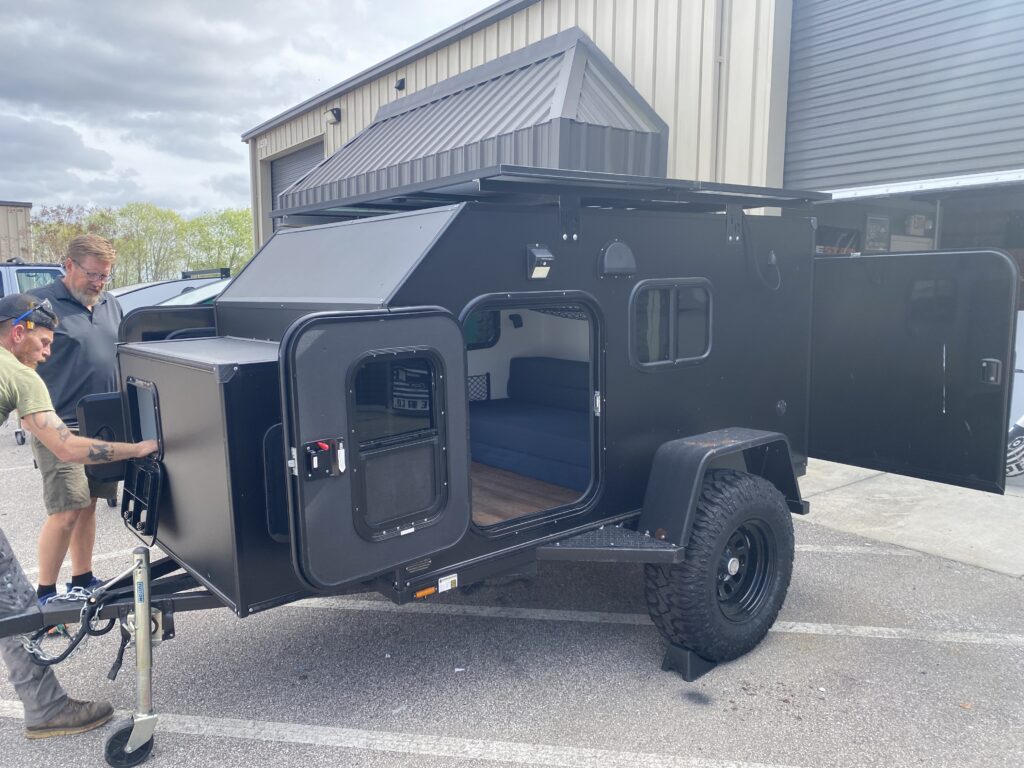
Our immediate destination is the largest state park in Texas, Big Bend Ranch State Park. The Big Bend region of Texas is considered the most remote region in Texas. We condo’d in our past trips through trendy Marfa and the National Park but skipped the Ranch, because we ran out of time. The equally sized state park has been described as similar in geography to the National Park but without roads, or services, or people. That sounds perfect and perfectly scary, so there we head. With nothing to tow and a high clearance 4WD vehicle, our hope is to get lost. Not really, just figuratively.
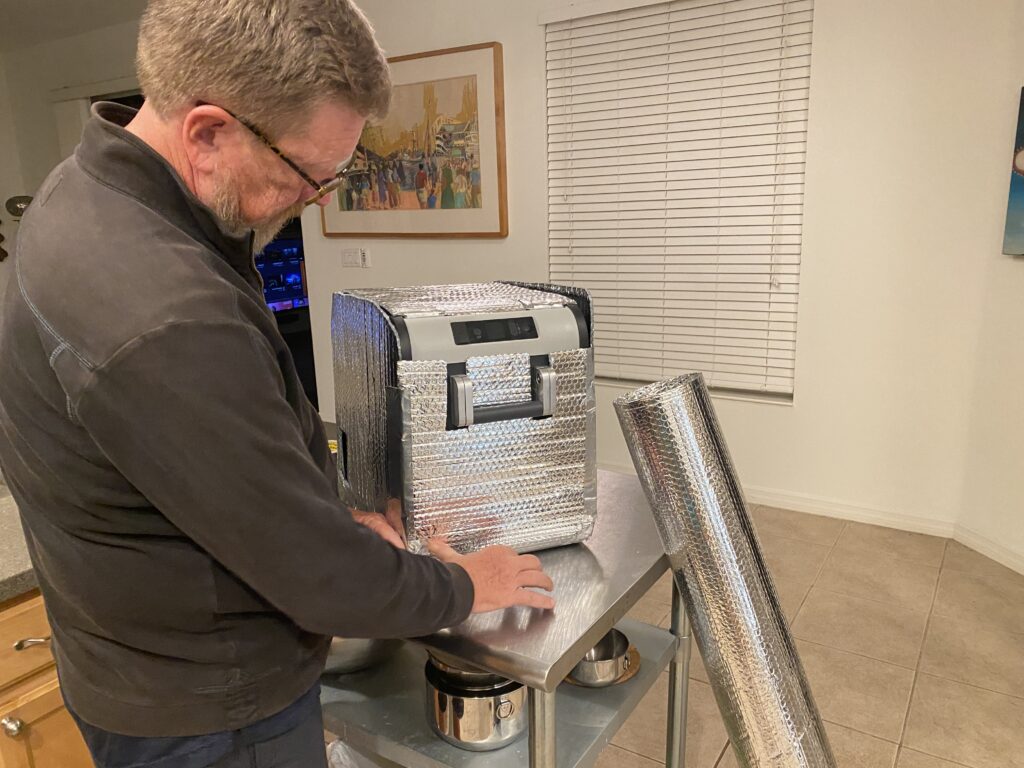
The big white truck sports two solar panels on a new roof rack system that should keep the Dometic fridge cold and the devices charged if the overcast sky ever lifts. A new four-season tent should hold up to the high winds and cold nights we might find on the exposed plains. A dozen other small changes have been made to our camp since the Hi-Line and Bad Lands bloodied our nose 6 months ago. That’s the plan anyway. It is tonight where plans meet reality and that’s when the fun begins.
